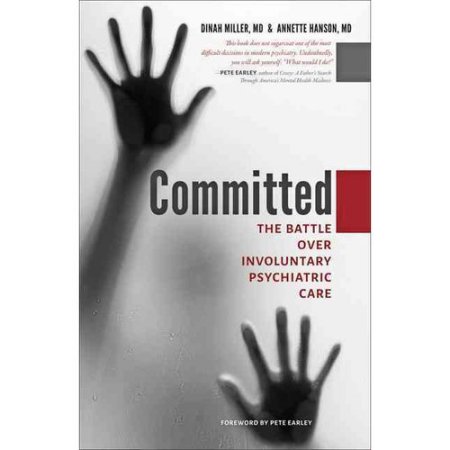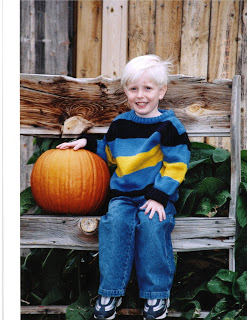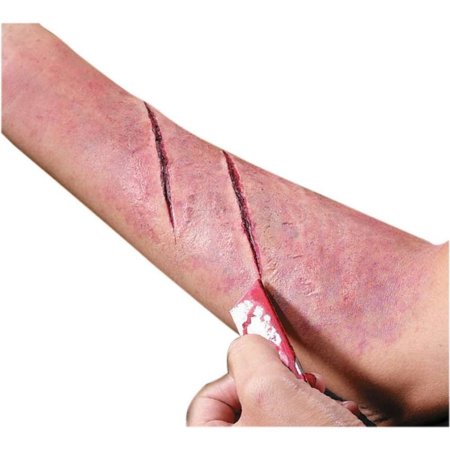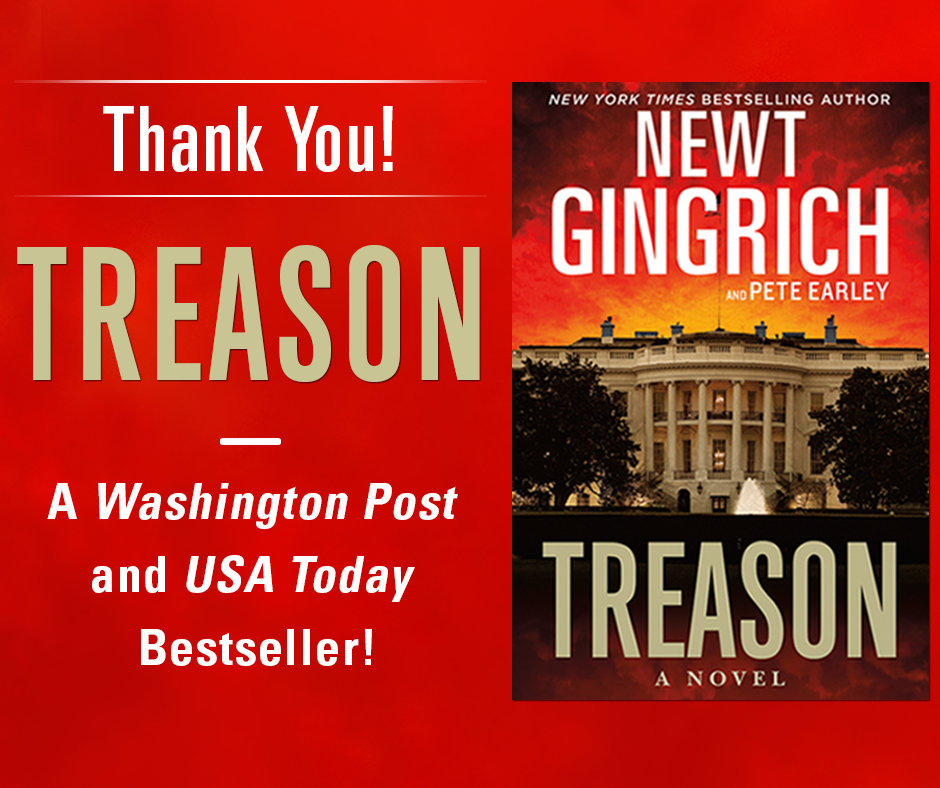
(11-1-2016) It’s always tricky reviewing a book written by someone who is a friend. Such is the case with Committed: The Battle Over Involuntary Psychiatric Care, which is authored by my pal, Dr. Dinah Miller along with Dr. Annette Hanson. Fortunately, their book is top-notch so I don’t have any qualms about enthusiastically recommending it, especially if you want an accurate picture of the mental health landscape today.
First, a disclosure, Drs. Miller and Hanson, both contributors to the popular blog, ShrinkRap, asked me to write the forward to COMMITTED, which I happily did. That certainly makes my objectivity questionable. But COMMITTED already has received several favorable reviews, including a prominent one in The Washington Post, so I am not the only one saying it is an important book. (The authors also will be appearing on NPR’s Dinah Rhem show Thursday, November 10th.).
What sets this book apart is Drs. Miller and Hanson admirable goal of presenting every possible viewpoint about involuntary commitment. They begin with those who argue passionately in favor of involuntary treatment, beginning with Dr. E. Fuller Torrey and The Treatment Advocacy Center, who believe many individuals are not capable of making rational decisions about their care when they are psychotic because of anosognosia or a lack of insight, a medical condition. From there, the authors slide down the scale to Ronald Honberg at the National Alliance on Mental Illness, our nation’s largest grass roots mental health organization, that initially favored involuntary commitment but more recently has voiced that it should only be used as a last resort. Then on to Paul Summergrad at the American Psychiatric Association, which takes a wishy-washy view, refusing to endorse or reject involuntary commitment.







